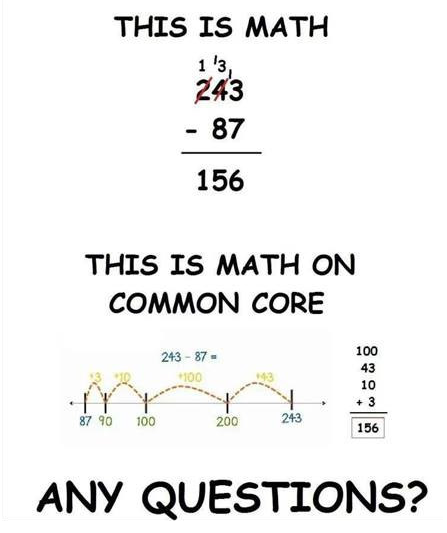It’s a phrase that lights up the internet with parents up in arms, writing tirades on social media for the newly minted standards to be taken out. It strikes fear into the hearts of teachers and sends principals and school districts into various states of panic. We talk about common core as well, but what is it really?

Common Core is really just a set of standards, not unlike the ones we previously had. It got its name from the fact that most of the country uses a “common core” of standards and might add a few standards to it. What is different about it are the mathematical practices. They are to understand and persevere in solving problems, to apply reasoning when solving, to be able to make valid arguments and assess the validity of others, to apply math to real-life situations, being able to strategically use tools (calculators, compasses, protractors,…), to be precise (significant figures, correct units, using technical terms…), and being able to identify and use patterns. The main difference is that we want students to be able to be critical thinkers and problem solvers.
Let’s take this graphic and really dissect it here.
What do you think? What kinds of different “Common Core” math have you seen floating around in your sessions or online in general?
[Return to the original Newsfeed post to join the conversation!]
